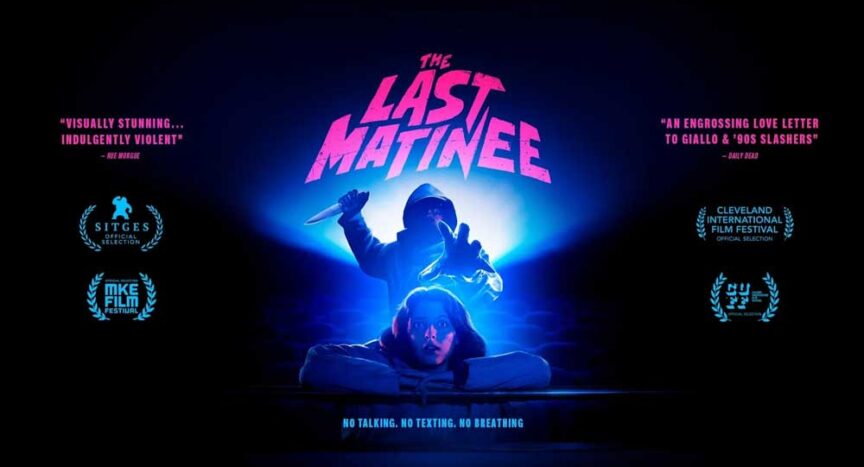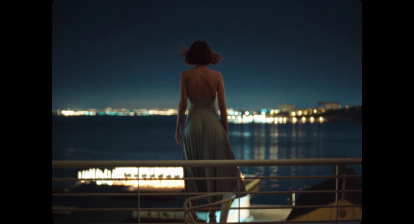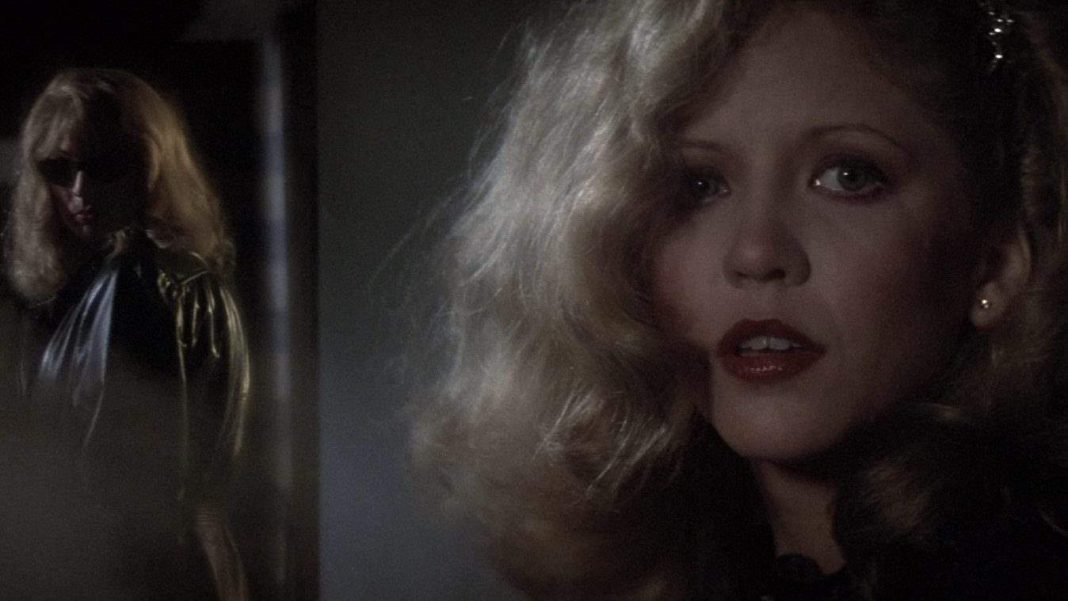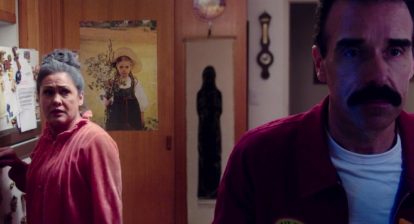In recent years, Latin American horror has experienced a creative resurgence, and The Last Matinee stands as a proud Uruguayan contribution to this wave. More than just a nostalgic exercise in style, this film is a love letter to classic giallo and slasher cinema, crafted with local talent and a clear understanding of the genre’s visual and emotional language. While Uruguay’s horror industry is still developing, The Last Matinee shows that ambition, precision, and cinematic culture can break through borders — taking Latin American horror into theaters, festivals, and VOD platforms worldwide.
About the Director
Maximiliano “Maxi” Contenti is a Uruguayan director, editor, and screenwriter with a deep passion for genre cinema. Trained both in Uruguay and the United States, his career includes short films, music videos, and the indie feature Muñeco Viviente V. With The Last Matinee, Contenti steps firmly onto the international stage. The film combines his affection for Italian giallo and 1980s slasher aesthetics with a uniquely Montevidean flavor — turning a local movie theater into the perfect setting for blood, suspense, and homage.
Cinematography, Framing & Color Palette
Cinematographer Benjamin Silva creates a rich and textured visual experience. The film pays direct tribute to the saturated color schemes of Argento and Bava, with lush reds, greens, and deep shadows that feel lifted from a reel of Suspiria. The framing is meticulous: wide shots capture the imposing emptiness of the theater, while tight compositions during the kills heighten the claustrophobia. Mirrors, glass, silhouettes, and reflections are used not just as visual motifs, but as emotional cues that evoke both nostalgia and unease. The camera also “stalks” the characters, reinforcing the voyeuristic tension of 1980s horror.
The Uruguayan Horror Landscape
Uruguay may not be prolific in horror, but the films it has produced tend to leave a mark. Following the success of La Casa Muda (2010), which pioneered the one-shot horror technique, The Last Matinee continues the tradition of innovation on a limited budget. What sets Uruguayan horror apart is its commitment to cinematic language — it focuses less on digital effects and more on mood, lighting, and physicality. The Last Matinee exemplifies this with practical gore effects, location-based storytelling, and a respect for genre roots without falling into parody.
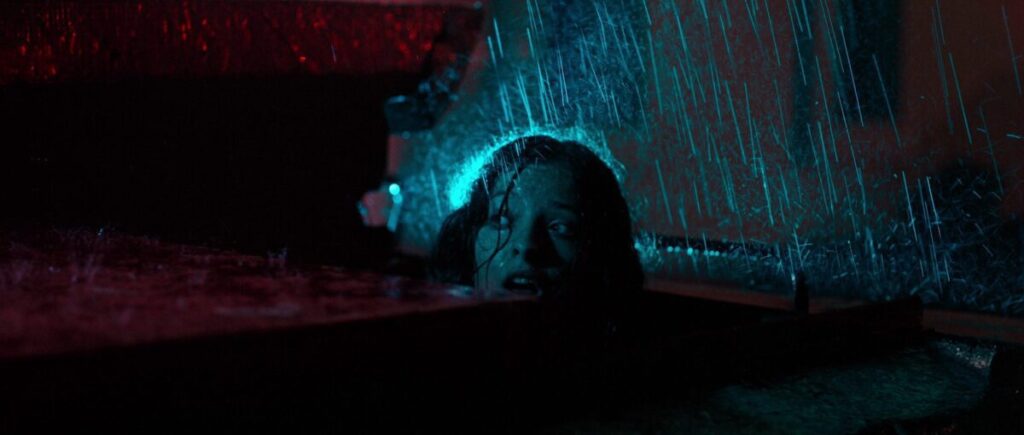
Cast and Performances
Luciana Grasso, as Ana, carries the film with understated strength. Her performance as the projectionist is both vulnerable and determined — a perfect final girl without cliché. Ricardo Islas, a cult filmmaker himself, plays the killer with unsettling calm, transforming into a masked menace that feels lifted from the annals of VHS-era horror. The supporting cast — largely made up of local actors — is refreshingly grounded, creating real people out of classic horror archetypes: the couple sneaking into the theater, the nerdy teen, the sleazy man, the curious child. This balance keeps the film emotionally anchored even as the blood flows.
Story and Themes
Set during a rainy evening in 1993 Montevideo, the film follows a group of moviegoers trapped inside a theater with a silent killer. While the narrative leans on familiar tropes, the story never feels derivative — it’s a reconstruction of horror’s golden era, seen through a Latin American lens. At its core, The Last Matinee is about isolation in public spaces, the fragility of urban innocence, and the nostalgia for a cinema experience that is vanishing. The killer becomes a metaphor for decay — both cultural and physical — intruding violently into a once-magical space of dreams.
Conclusion
The Last Matinee is a triumph of style, atmosphere, and respect for genre. It proves that Uruguay is capable of producing horror with international appeal, not by mimicking Hollywood, but by embracing its own voice and visual identity. With a stunning color palette, clever kills, and a clear love for the medium, Maxi Contenti’s film is a rare gem: retro without being tired, local without being provincial, and bloody without losing its heart.
A cult-worthy entry in Latin American horror — smart, stylish, and soaked in cinematic love and crimson
